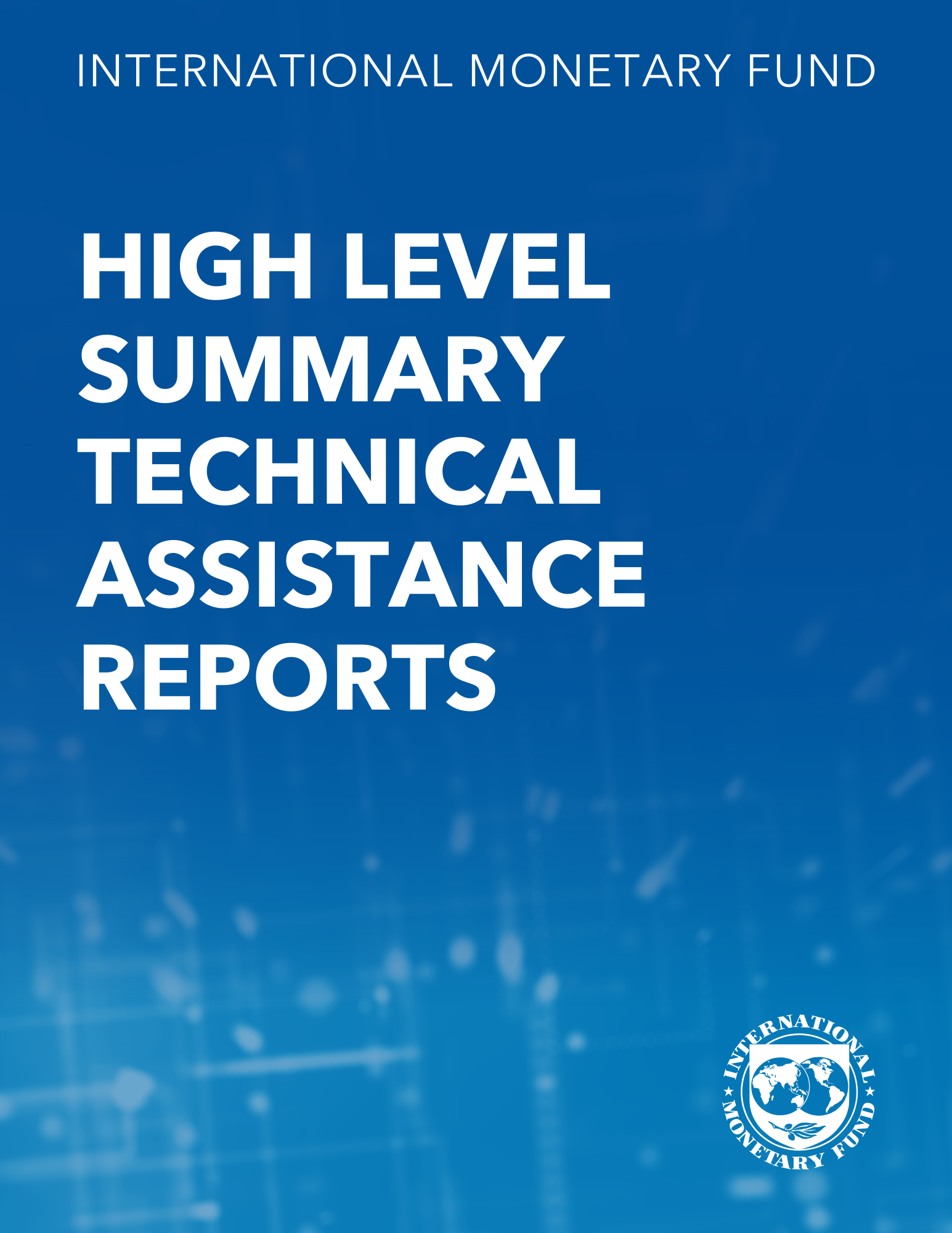World Food Prices, the Terms of Trade-Real Exchange Rate Nexus, and Monetary Policy
May 17, 2013
Disclaimer: This Working Paper should not be reported as representing the views of the IMF.The views expressed in this Working Paper are those of the author(s) and do not necessarily represent those of the IMF or IMF policy. Working Papers describe research in progress by the author(s) and are published to elicit comments and to further debate
Summary
How should monetary policy respond to large fluctuations in world food prices? We study this question in an open economy model in which imported food has a larger weight in domestic consumption than abroad and international risk sharing can be imperfect. A key novelty is that the real exchange rate and the terms of trade can move in opposite directions in response to world food price shocks. This exacerbates the policy trade-off between stabilizing output prices vis a vis the real exchange rate, to an extent that depends on risk sharing and the price elasticity of exports. Under perfect risk sharing, targeting the headline CPI welfare-dominates targeting the PPI if the variance of food price shocks is not too small and the export price elasticity is realistically high. In such a case, however, targeting forecast CPI is a superior choice. With incomplete risk sharing, PPI targeting is clearly a winner.
Subject: Consumer price indexes, Consumption, Foreign exchange, International trade, National accounts, Prices, Producer price indexes, Real exchange rates, Terms of trade
Keywords: Commodity Price Shocks, Consumer price indexes, Consumption, CPI rule, CPI targeting, exchange rate, Global, Incomplete Markets, Inflation Targeting, nominal interest rate, open economy, PPI rule, PPI stabilization, PPI targeting, Producer price indexes, Real exchange rates, Taylor rules, Terms of trade, WP
Pages:
64
Volume:
2013
DOI:
Issue:
114
Series:
Working Paper No. 2013/114
Stock No:
WPIEA2013114
ISBN:
9781484371565
ISSN:
1018-5941







